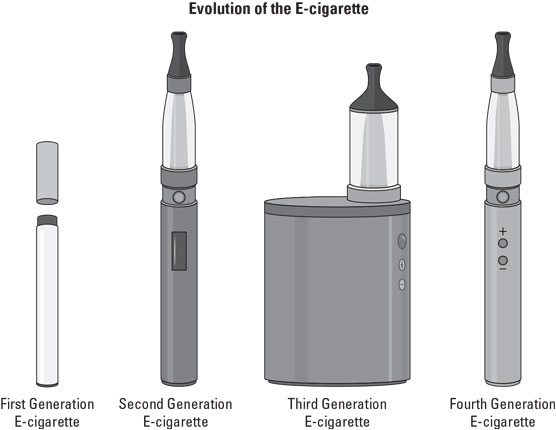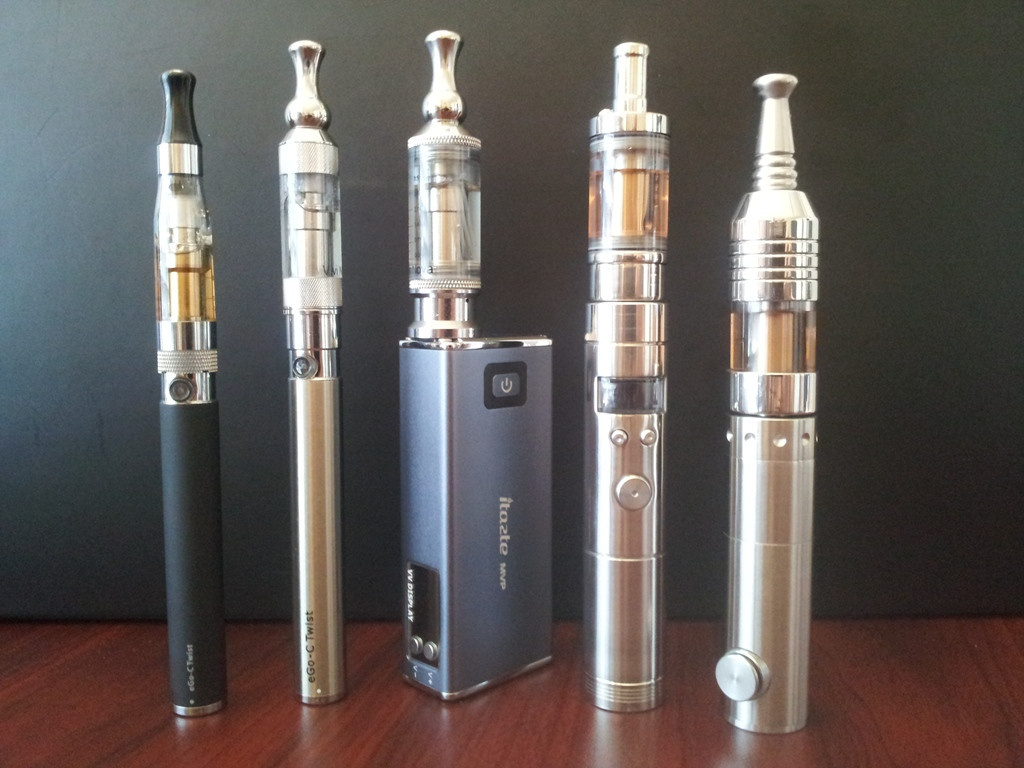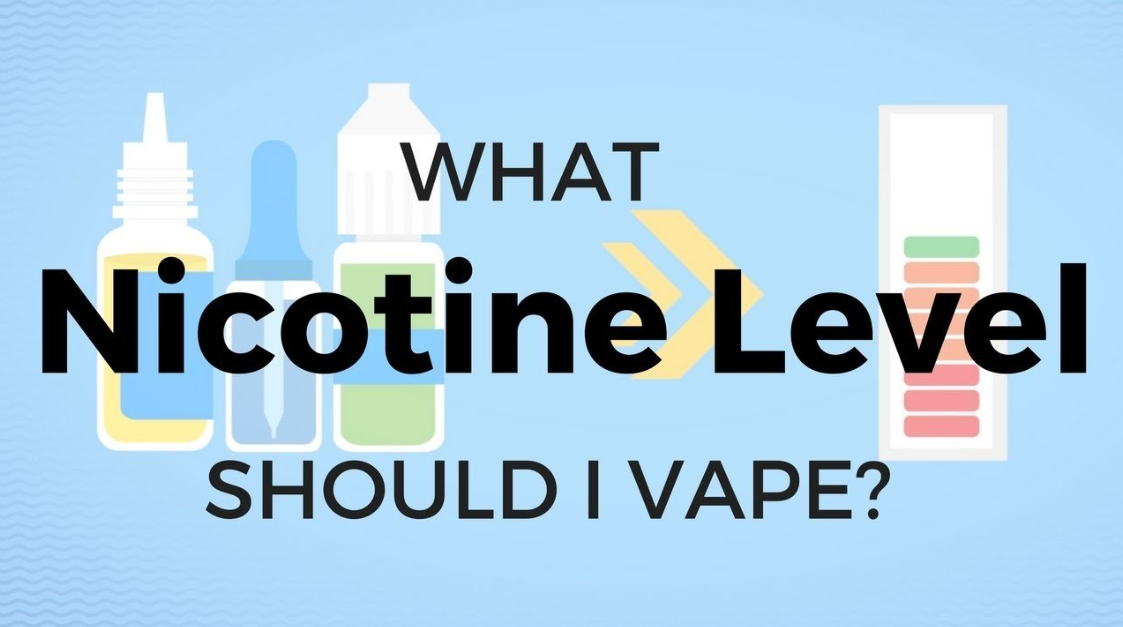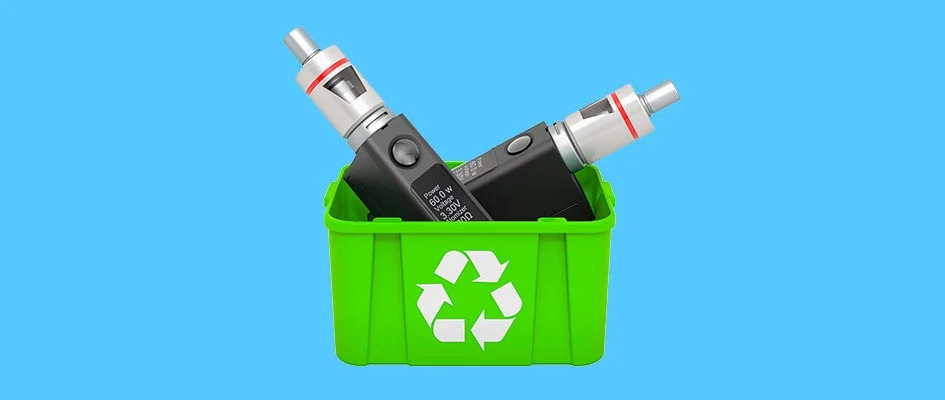The History of the Electronic Cigarette
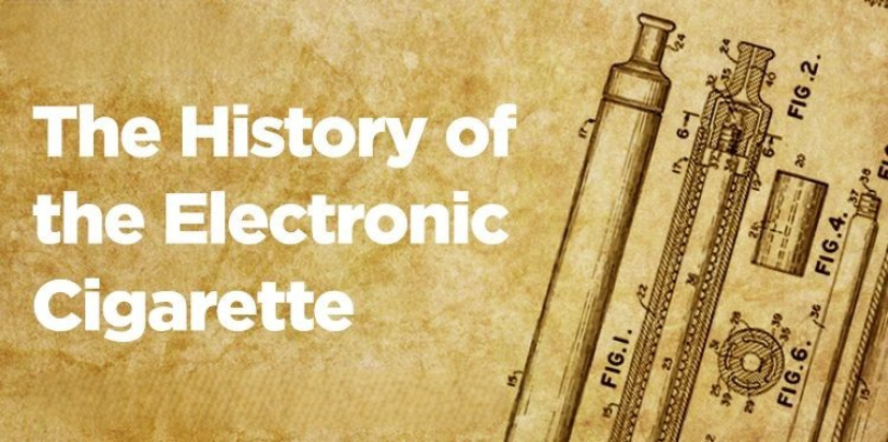
The Evolution Of E Cigarettes.
E Cigarettes (or Electronic Cigarettes) have stormed the smoking market, proving unbelievably popular in a relatively short space of time, with many choosing to adopt this smoking alternative over tobacco smoking. Since the first e cigarettes hit the market there has been a great number of development meaning that the e cigs available today are already considerably more advanced than those first introduced for public use.
E smokers today are enjoying a chemical free smoke and overall a much more enjoyable smoking experience than ever before. Could it be possible that one day e cigarettes will take over and even perhaps eliminate the tobacco industry? Time will tell! As you can see the development of electronic cigarettes has to date been quite the full-on journey.
It All Began in 1963
Back in 1963 Herbert Gilbert, an inventor, filed a patent for a smokeless tobacco cigarette. His idea was to design a cigarette with a tip which could be replaced and moistened / flavoured with "anything from root beer to rum". A number of companies approached Gilbert in 1967 with a view to manufacturing his design for him but a deal was never struck and the idea wasn't marketed.
The First E Cigarettes Hit the Market
Hon Lik's patented e cigarette design was first distributed for public use in China between 2003-2004. He changed the name of his company to Ruyan which translates to "resembling", presumably because his invention resembles the traditional cigarette.
The rest as they say, is history. Technological advances have meant that the electronic cigarettes enjoyed today are more user-friendly and offer a superior smoke to those early designs.
Hon Lik's dedication (as well as Herbert Gilbert's earlier work) aimed at bringing the century old habit of smoking into modern times while eliminating the health concerns associated with smoking is what pioneered the electronic cigarette market we enjoy today.
The very first e-cigs that were commercially available in the UK were in the form of disposable models that looked very similar to traditional cigarettes. These devices were for the most part low-power and had a sealed section housing the e-liquid and coil known as a cartomiser.
They were widely regarded at the time as being revolutionary, although these days are seen as mostly out-dated technology.
Not long after that somebody realised that you could replace the battery with a rechargeable model and sell packs of prefilled cartomisers, extending the life of the device hugely.
These new devices, known as ‘cig-a-likes’ because they still looked similar to the traditional ‘analogue’ cigarette, gained a dedicated following with some even continuing to use them today even though other options have become available. These devices are known as ‘1st Generation’ e-cigs (Blackstone Labs. Click here to view.)
The next advancement came when cartomisers were replaced by tanks into which users could put their own e-liquid. People had been taking apart cartomisers and filling the wicking material inside with e-liquids they had purchased and someone decided this was a good idea.
The first refillable e-cigs came in three parts; the battery (a more powerful, larger version of the previous cig-a-like battery), an atomiser and a tank. The tank would often take the form of a small plastic mouthpiece with a sealable cap.
The vaper would put a few drops of e-liquid into the cap, seal it and insert it into the atomiser portion, inside which was a post that would pierce the cap and allow liquid to touch the atomising element.
The whole assembly was then screwed onto the battery and used. This system was eventually updated with the ability to replace the atomiser coil without having to get a whole new central section.
Eventually the atomiser section was combined with the tank section into the clearomiser we know today.
These are known as ‘2nd Generation’ devices (like the Cyclone CE4 Starter Kit)
The innovation didn’t stop there either; as well as the tanks, the batteries also saw some great advances in tech.
Starting with variable voltage. When people realise that you could control the sensation of your vape simply by adding a capacitor to the battery the whole world of vaping changed. Larger batteries with wider voltage ranges started to be introduced.
Then the modders arrived. Taking apart their e-cigs and putting them into other devices, they were laying the groundwork for what we know collectively as Mods today.
The first full mods were usually powered by large batteries usually reserved for torches, with odd sizes like 18650 or 18500, these devices were very powerful. This is around the time people realised that you could easily make you own atomiser coils at home with wire and silicon wick.
Since then the rebuildable atomiser scene has become huge, with at least one new dripper being released per month.
Once the modders started to put regulating chips into their devices we ended up with a much safer ‘Mod’, which could be mass marketed. This lead to a rise in the number of easily obtainable variable voltage mods. Mostly based on a tube design to reflect their beginnings as torches or similar.
Variable wattage came next, it being an offshoot of variable voltage and, for the most part, is entirely the same.
Box shaped mods started to become popular with the mainstream vaper around a year or so ago. Now most new devices released are box-mods, with very few tube-mods being created at all.
Mods and all the various small advances made to and because of them are known as ‘3rd Generation’ (like the Innokin Cool Fire IV)
The most recent big advance in vaping technology (at the time of writing) is temperature variable devices.
Much Governmental Regulation Followed UNITED KINGDOM - THE BEST APPROACH
The UK government have taken a very forward-thinking approach to the subject of vaping. With the NHS, Cancer Research UK and Public Health England all releasing studies backing their position that vaping as a 95% less harmful alternative than smoking, the UK is well on the way to creating a SmokeFree generation within the next decade.
E-Cigarettes are highly regulated in the UK by way of maximum nicotine strength, volume and toxicology reports. All of the above are required for an e-cig product to obtain an ECID number - which is a legal requirement before sale to the UK general public.
UNITED STATES - THE WORST APPROACH
The Family Smoking Prevention and Tobacco Control Act was signed into law by President Obama in 2009. This act, while well-meaning in its approach, effectively limited the way e-cigarette companies could flavour their nicotine juices. The government did not ban E-cigarettes entirely, but they did ban the addition of any flavourings, including fruits and mint.
At this time, Panama joined in banning E-cigarette products.
In 2010, the American Medical Association urged the FDA to regulate e-cigarettes as drug delivery devices. Around this time, Singapore banned their usage, making the legal battles more intense for companies attempting to produce and market these devices to the public.
In 2011, the tides started to turn with an article published by the American Journal of Preventive Medicine. They stated e-cigarette devices could play an important role in helping smokers stop the bad habit of smoking cigarettes. In April of that same year, the FDA announced it would begin to regulate e-cigarettes in the same way it did traditional cigarettes. It noted any products promising to help smokers quit or offering health benefits would be carefully scrutinised.
E-Cigarettes Become More Widely Accepted
Although controversy undoubtedly continues to follow major manufacturers of e-cigarette products, there have been calls to stop FDA overreach. One of the main fighters for this cause has been Senator Ron Johnson, a Republican from Wisconsin. Since 2016, he has fought to protect the small business owners who rely on e-cigarette production for their livelihoods.
Modern Devices are Safer
To report on every step in the history of e-cigarette production would require volumes to fill. It is clear that today’s modern e-cigarettes are more advanced than ever before, allowing individuals to enjoy nicotine or flavoured vapes at their own discretion.
While there is still some stigma attached to vaping, it is becoming more widely accepted, and the devices are certainly safer than when they first appeared on the market decades ago.
Timline Represent the E-cigarette Evolution .
